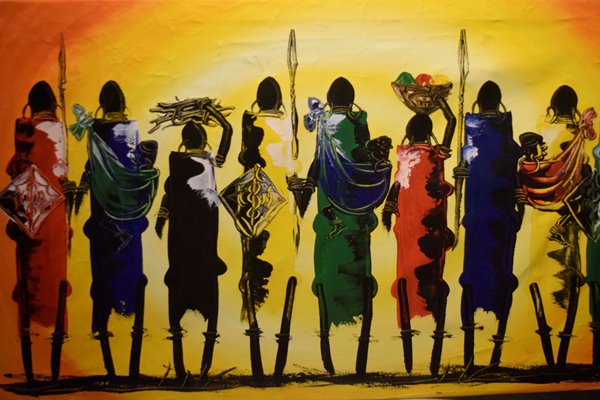Top Tanzania Souvenirs to Buy
Tanzania Souvenirs offer a wide variety of traditional trinkets that entice travelers to purchase these African artifacts, including weaving, wood carving, t-shirts, jewelry, and textiles.
Tanzania has various regions, each with its own distinct customs and traditions. Every region creates its own distinctive indigenous goods that the locals market and highlight the area’s rich heritage. It is reasonable to claim that there will be Tanzania souvenirs for every taste and price range due to the inventiveness of the country’s natives and its diverse cultural heritage.
Handmade Pottery and Ceramics
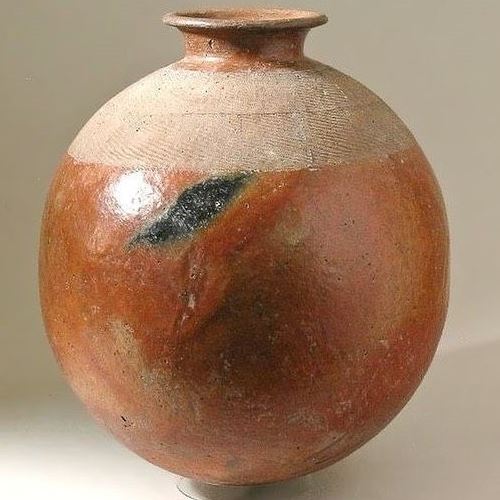
In the majority of Tanzanian communities, the old traditional pottery-making is still very common. The Pare and Kisi people of northeastern and southwestern Tanzania are the principal pottery practitioners. Tanzania’s key exports in this industry are ceramic cups, plates, and cooking utensils.
Woodcarvings and Makonde Arts
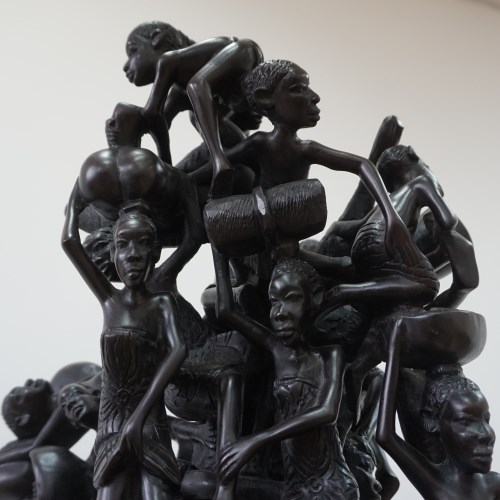
The most popular Tanzania Souvenirs among travelers are typically engraved gifts and souvenirs. Wood carving is particularly common in southeastern Tanzania, where the Makonde people reside. Most of their goods are masks, unique Makonde artwork, home furnishings, and decorative items. Makonde is known for its unique artwork, and it is also one of Africa’s major centers for woodcarving.
Ornaments and Maasai Beadworks
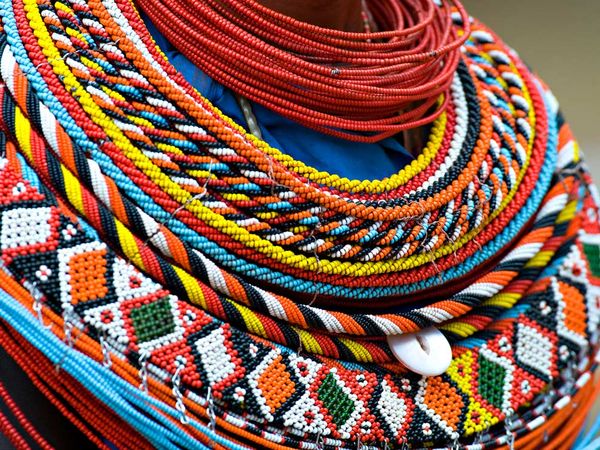
Visitors to Tanzania are well aware of the Maasai people’s jewelry and beadwork. Various communities have traditional ideas and meanings associated with beaded jewelry. You can bring home souvenirs from Tanzania and various decorations, including bracelets, belts, watch straps, sandals, mobile phone covers and frames, and necklaces for special occasions.
Kisii Soapstone Carvings
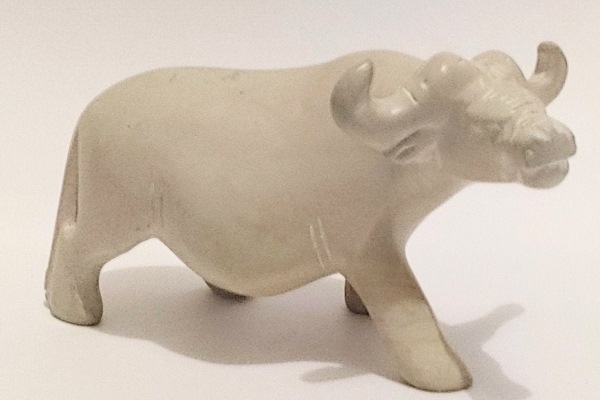
The Kisii people of eastern Tanzania enjoy soapstone sculpting. They craft gorgeous chess pieces, egg holders, soap dishes, coasters, ashtrays, and other items from local soapstone for use as home decor, presents, and gifts to children. These Tanzania Souvenirs are very popular because they are both economical and easy to transport to travelers’ home countries.
Musical Instruments like Djembe
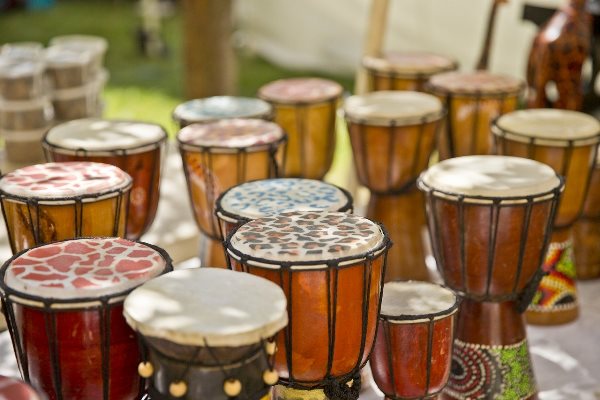
Tanzanian regions each have their own music and musical instruments. Among them, African drums or Djembe might be the most well-known. This drum is created in many locations in a variety of sizes and shapes; it is frequently circular and wrapped with animal hide. The flat or tripod-style African drum is used for traditional ceremonies and conveying spoken messages. The strung “qanun” and “Zeze” instruments are among the other noteworthy African musical instruments. Visit regional music shops, shopping malls, and department stores to purchase native Tanzanian instruments.
High-End Handicrafts
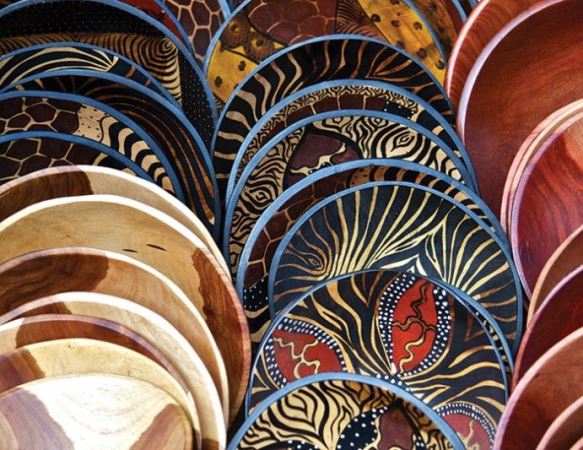
Each region has its own distinctive traditional artifacts, but the Maasai, Kisii, Pir, and Sukuma peoples of northern Tanzania have the best to offer. These high-end goods include traditional swords, neck pillows, wrist knives, shields, spears, and decorative objects fashioned from local produce.
Beautiful Tingatinga Painting
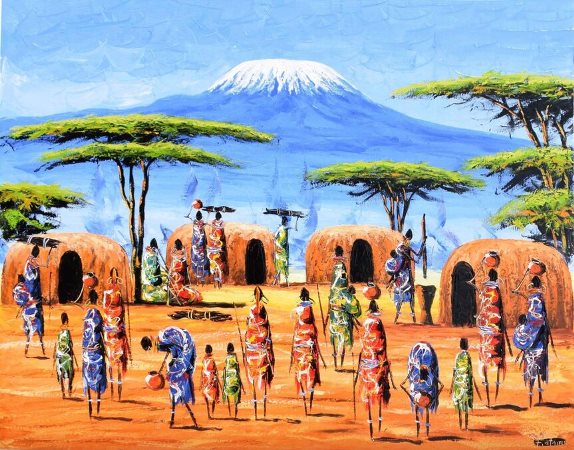
The Tanzania Souvenirs of Tingatinga African paintings are frequently purchased as gifts for kids’ rooms since they are lively, entertaining, and innovative. Tingatingas have a certain allure that has attracted people from all over the world. Premium oils on canvas are used to meticulously hand paint each Tingatinga painting in the Tanzanian workshops. Paintings by Tingatinga are currently quite famous and available for purchase anywhere in Zanzibar. These art centers are great destinations for those who love animals and photography.
Traditional and Tribal Clothing
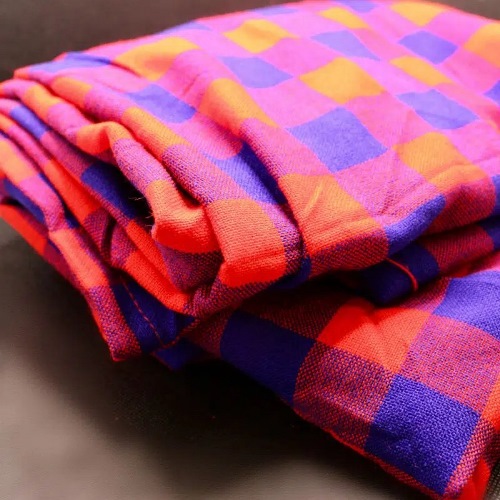
Tanzanians frequently wear the “Maasai Shuka,” a popular traditional garment. The hand-woven cotton yarn used to create this colorful fabric comes in a variety of hues and patterns. However, you frequently see it in red and black or red and blue. This cloth is worn by Maasai men and women alike. Of course, modern safari tourists use it to shield themselves from the wind and dust. Two more well-known fabrics, “Kanga” and “Kikoi,” are regarded as the traditional clothing of men and women in Africa’s coastal and Great Lakes regions.


